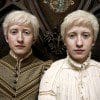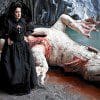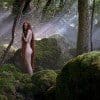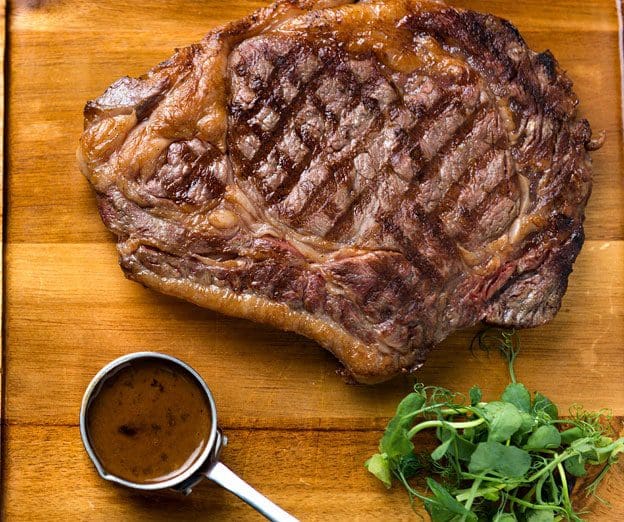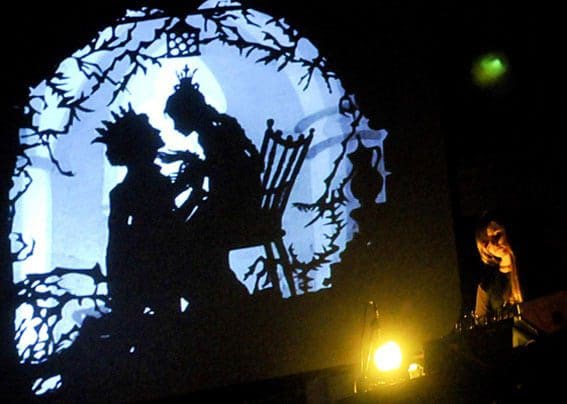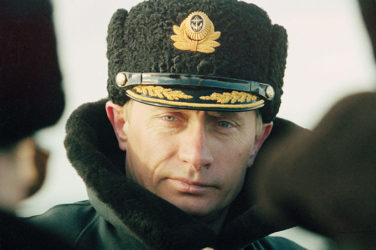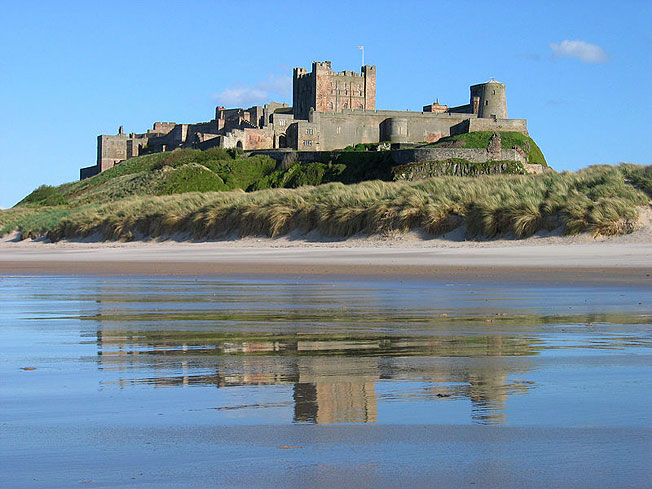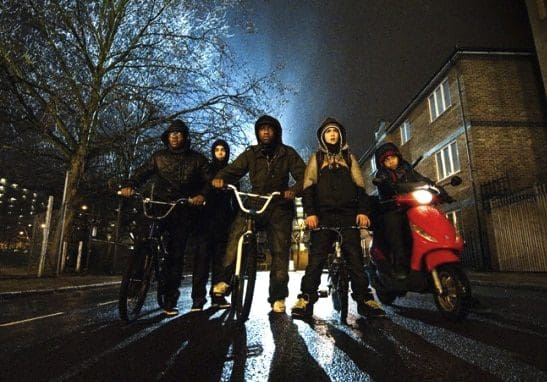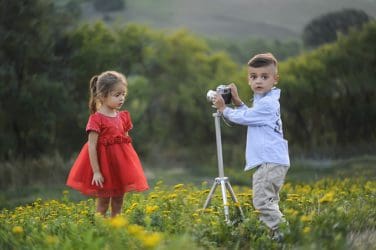Tale of Tales film release – A dark and fantastical world – words Paul Risker
Dark origins have met with a decidedly different fate for the fairy tale. Over time they have undergone a conversion to dilute that wicked darkness that once permeated their souls. This conversion can in large part been attributed to Disney, and perhaps the capitalist drive to offer visions of light for a more decidedly child friendly brand of storytelling.
Matteo Garrone’s Tale of Tales, comprised of three stories, looks back to a time preceding the the infamous Brothers Grimm. He brings to the screen a lavish adaptation of the Italian poet Giambattista Basile’s Pentamerone (The Tale of Tales, otherwise known as Entertainment for Little Ones).
A lack of harmony that has shrouded recent American produced anthologies (V/H/S and The ABCs of Death) is the antithesis of the feel of European produced anthologies Wild Tales and Tale of Tales. The American anthologies lack an harmonic balance between the individual parts that comprise the whole, while Damián Szifrón (Wild Tales) and Garrone craft their films with a sharp and harmonic precision. Contrasting this collection of films attests to an emphasis on harmony as being the mandate of the filmmaker in the execution of the anthology film.
Tale of Tales begins with a slow act of seduction. Amidst the lavish cinematography and set design, theatrical yet believable performances from lead actors Salma Hayek (Queen of Longtrellis), Vincent Cassel (King of Strongcliff) and Toby Jones (King of Highhills), the film does not offer an immediate immersion. Rather until the first of the three cycles that Garrone needs to complete each tale as passed, there is a sense of that metaphorical reaching out and feeling for the film. This initial stage of discovery is one of uncertainty, and yet can be filled with an excitement that is enhanced with a lack of pre-determined narrative knowledge and expectation. It is the equivalent of the landscape painter setting up their easel having chosen the landscape they will paint. We may know we are to see a collection of fairy tales that are grotesque in nature, but the impression that will be painted on the blank canvas of the mind is as of yet unknown. This invariably leaves the film prone to an initial sense of criticism. Tale of Tales could most aptly be described as an act of seduction through narrative simplicity. It therefore follows that it requires a critique of whether there is substance beyond the veil of a simple two and a quarter hours of pleasure.
Fairy tales have long been held up as stories laced with metaphor. Amongst these sexuality and the loss of innocence are frequent themes, amidst the confrontation with the shadows that symbolise the perpetual cycle between daybreak and nightfall. At the heart of fairy tales resides human fear, hope and desire, all of which form the comical and tragic goings on in Tale of Tales. Longtrellis’ obsession to bear a child and her ensuing possessiveness is echoed in Highhills’ paternal possessiveness of his daughter – two individuals that come to embody claustrophobia in human form. They stifle their respective children’s existences and seek to deprive them their desires in the name of parental love. This lends the two tales a powerful contemplation on possession and the toing and froing between generations – the younger in search of their liberation and ensuing independence. Meanwhile Strongcliff’s lothario way’s touches upon the predatory side to humanity, hunting and stalking the prey he desires. And the magical transformation at the heart of the story looks to the deceitful nature of the chase – lovers playing characters to woe the other into their arms. Yet it is Longtrellis and Highhills that offer cause to be fearful of the future – the propensity of parental love and protection to carve out a future neither envisaged nor desired. Garrone’s cast of characters are each in some form subjugated to their desires and aspirations, serving a function beyond entertainment. If storytelling has the capacity to help us better understand ourselves and our world, an adaptation of a 17th century text, Tale of Tales shows this to have been a continual recurrence. It reminds us that what it is to be human has changed very little over the centuries, and how stories have been at the heart of our making peace with our ontology.
If there is the adage that a film can be made or saved by its ending, here it is a case that the ending enriches the experience. If Jung spoke of the need to confront our shadow complex, this Tale of Tales film could be envisaged as exposing how one aspect of the joy of storytelling lies in the shadows of the imagination. While it feels that Garrone waits too long to make his exit, his delay creates a juxtaposition that is a reflection on the narrative space of the fairy tale. Not unique to this form of fiction, it remains one in which utopia and dystopia meet with a particularly visceral resonance, and is captured here in the film’s final breaths.
TALE OF TALES opens in cinemas in the UK and Ireland on 17 June 2016.


